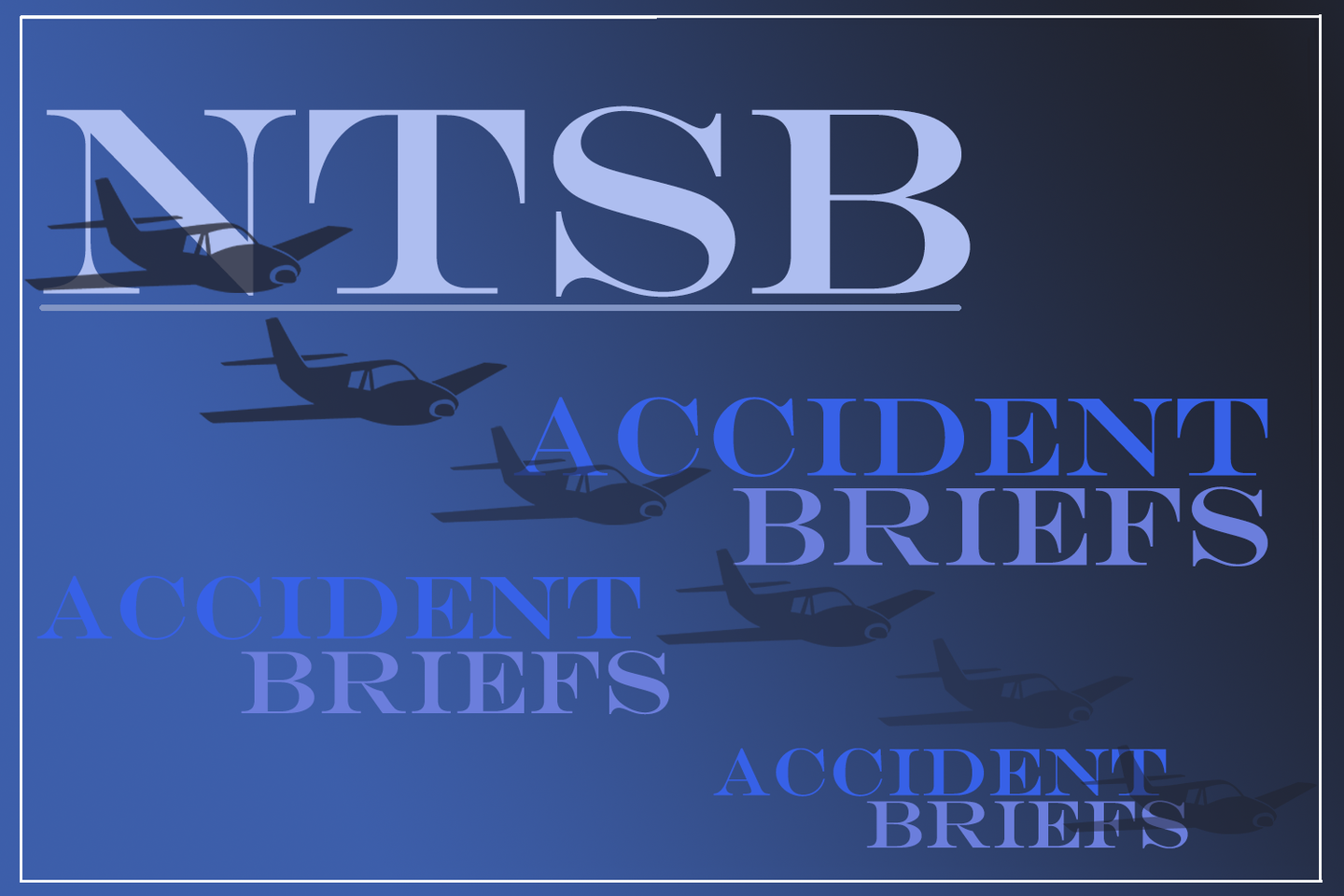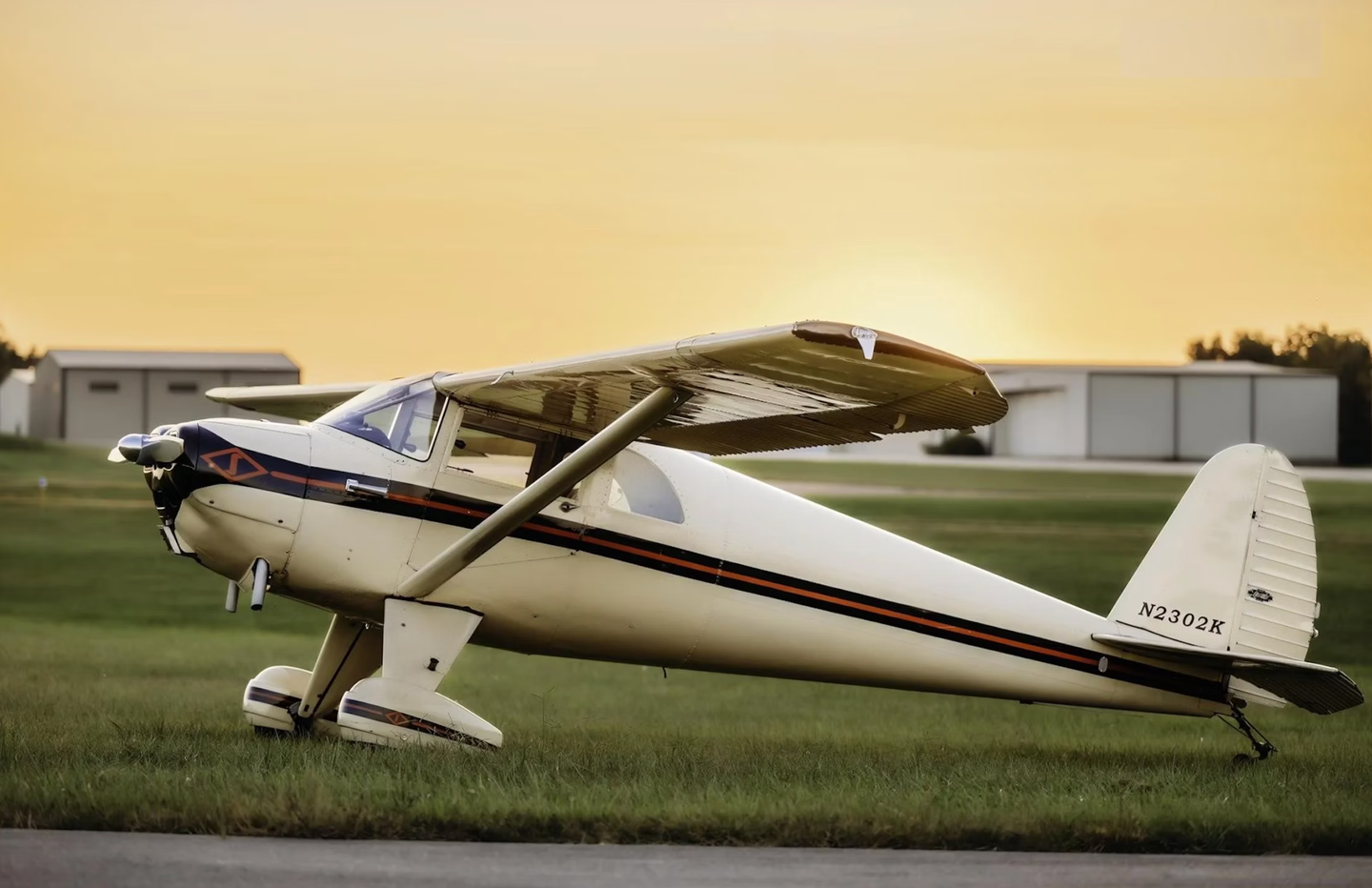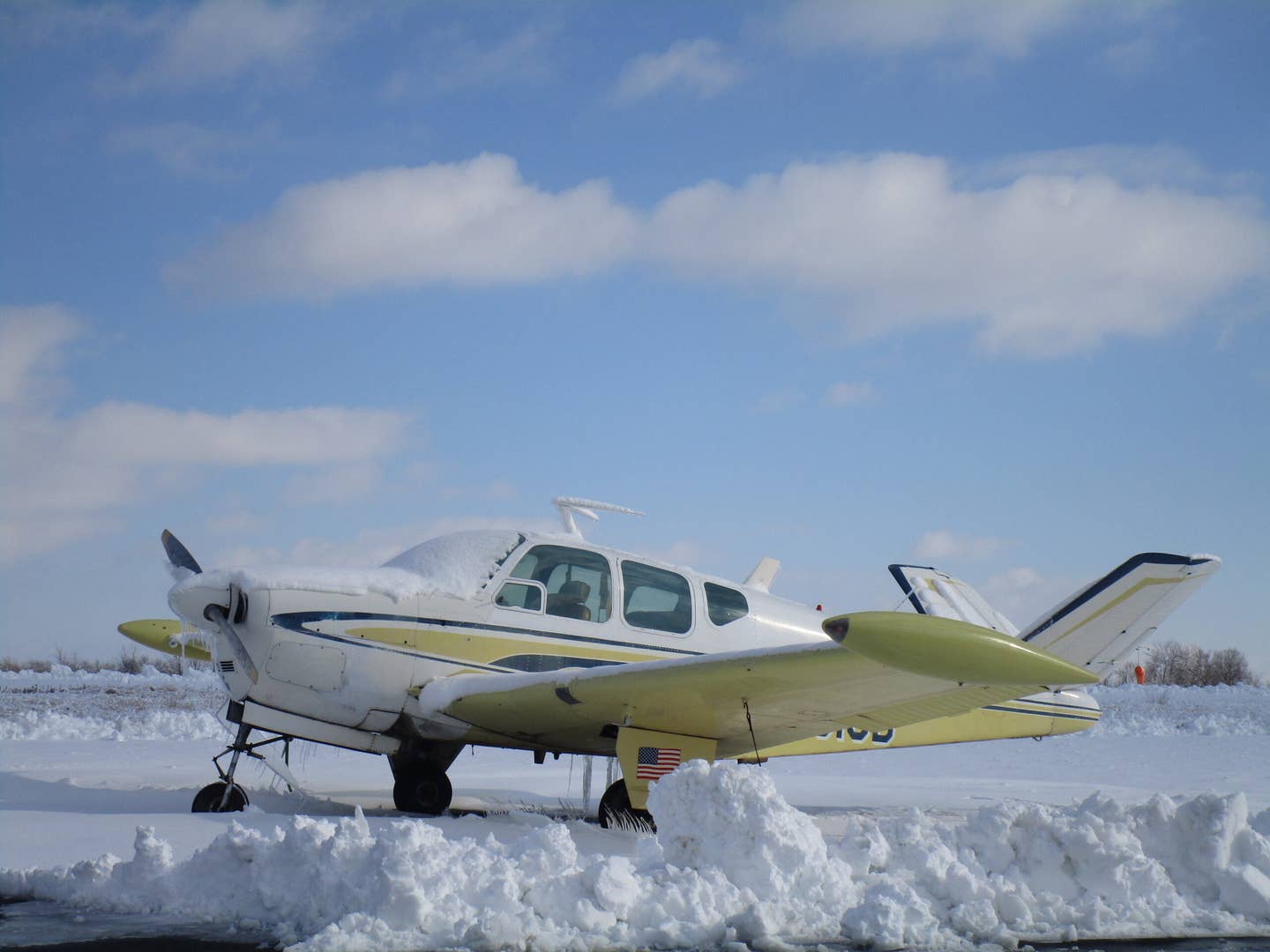Accident Brief: Maule M6 Crash In Alaska
Maule M6 Moose Pass, Alaska/ Injuries: 3 Fatal, 1 Serious The pilot was conducting a personal flight with three passengers aboard. The flight encountered an area of deteriorating visibility due…

Maule M6
Moose Pass, Alaska/ Injuries: 3 Fatal, 1 Serious
The pilot was conducting a personal flight with three passengers aboard. The flight encountered an area of deteriorating visibility due to smoke from a wildfire burning in the area, and the pilot was attempting to follow a highway through mountainous terrain. The pilot-rated passenger stated that, as the flight progressed, forward visibility deteriorated and was "not very good at all"; she was able to see outside the cockpit only straight down. Further, a witness near the accident site reported 1/4 miles visibility about the time of the accident. The pilot-rated passenger stated that the pilot seemed stressed due to the deteriorating conditions and that the airplane occupants discussed locating an alternate destination. The airplane then entered an unusual attitude, and one passenger began yelling, "pull-up, pull-up" to which the pilot responded, "I've got this." The pilot-rated passenger's last recollection of the flight was the airplane entering an aerodynamic stall.
GPS data from the accident flight revealed that, about 2 minutes before the accident, the airplane made about a 180° right turn and began a descent to a GPS altitude of 1,235 ft, followed by a left turn to a northerly heading and a climb to a GPS altitude of 2,032 ft and a groundspeed of 37 knots. The last recorded in-flight data point showed that the airplane was at a GPS altitude of 1,587 ft and at a 0- knot groundspeed.
The on-scene examination revealed no evidence of mechanical malfunctions or failures that would have precluded normal operation. The observed damage to the airplane indicated that it impacted the ground in a nose-down, near-vertical attitude, consistent with an aerodynamic stall. Given the passenger's account and GPS data, it is likely that, due to the restricted visibility conditions, the pilot became geographically disoriented, which resulted in the airplane's flight path toward rising terrain. It is also likely that the pilot subsequently initiated a sudden climb, during which the airplane's critical angle of attack was exceeded, resulting in an aerodynamic stall and impact with terrain.
Probable cause(s): The pilot's geographic disorientation and his exceedance of the airplane's critical angle of attack while maneuvering to avoid mountainous terrain, resulting in an aerodynamic stall.
Note: The report republished here is from the NTSB and is printed verbatim and in its complete form.

Subscribe to Our Newsletter
Get the latest Plane & Pilot Magazine stories delivered directly to your inbox






